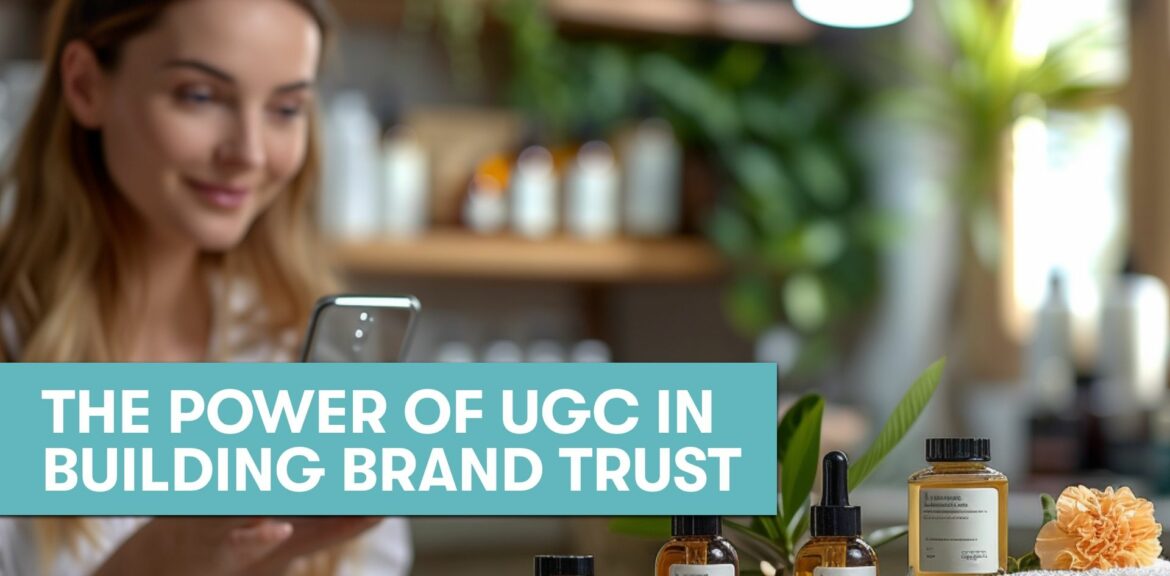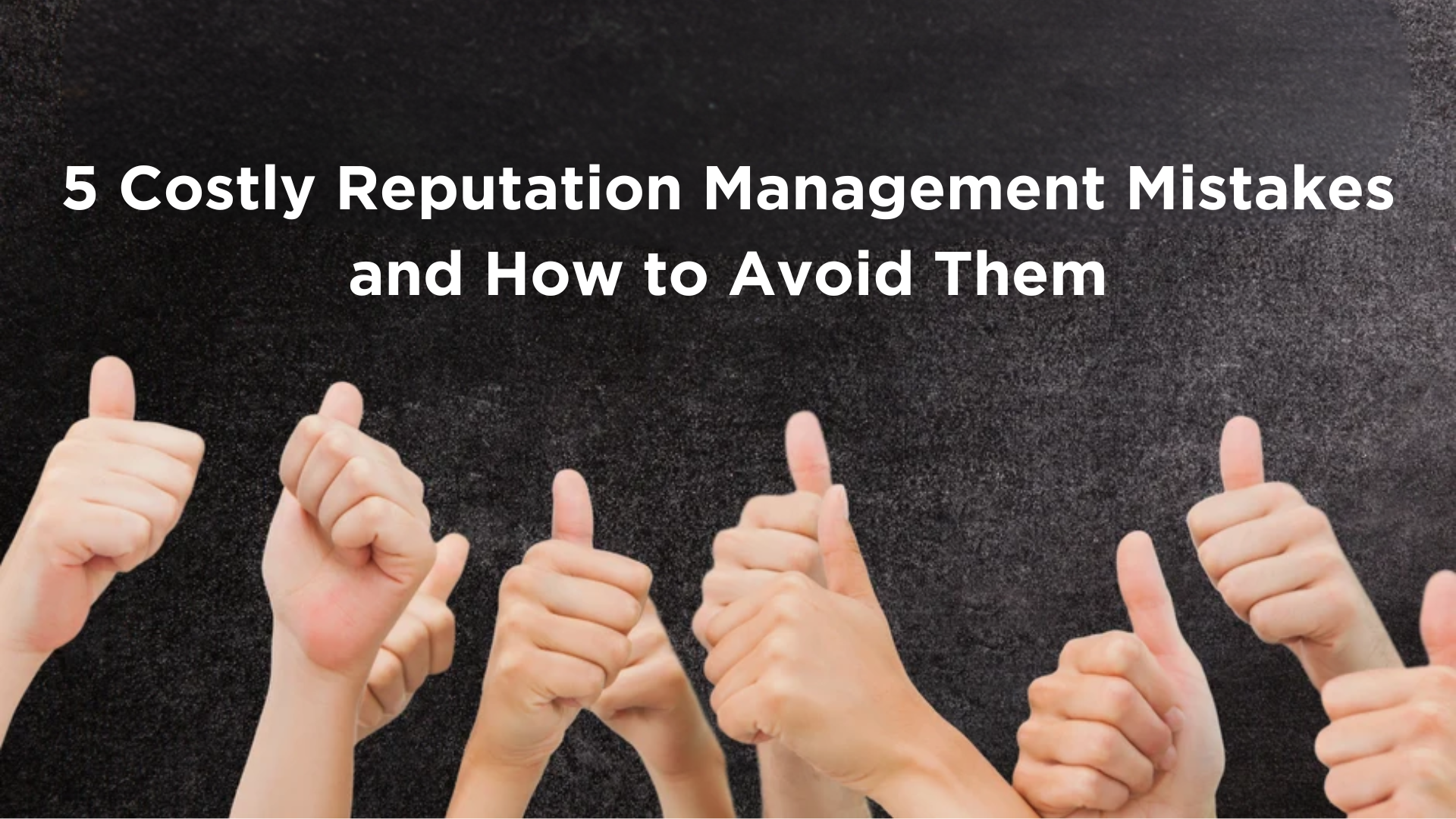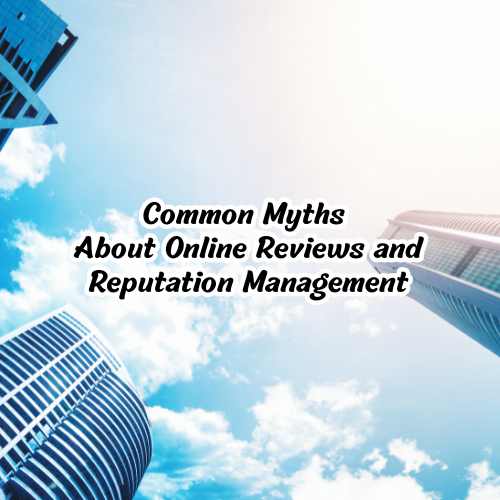Companies continuously seek new methods to build consumer trust and authenticity. One effective and more common technique is to use User-Generated Content (UGC). This article delves into the significant impact of user-generated content (UGC) on brand trust and provides concrete techniques for businesses to integrate it into their marketing efforts properly.
Understanding User-Generated Content

User-generated material refers to any material generated by a brand's users, including photographs, reviews, videos, and blog entries. Instead of depending entirely on traditional advertising, businesses use the voices of delighted consumers to express their stories.
The Impact of UGC on Brand Trust

Authenticity and Credibility
Consumers today are suspicious of traditional marketing and prefer real experiences and testimonials. Stackla's 2019 survey found that 86% of customers prioritize authenticity when choosing companies to support. UGC gives credibility since it is created by real people with direct experience with a brand's product or service.
Engagement and Community Building
The participatory aspect of user-generated content develops a sense of community in audiences. Featuring user material fosters a sense of belonging and increases engagement. For example, some companies used hashtags on Instagram to encourage customers to share photos to the relevant topic, resulting in thousands of postings and dramatically increased consumer contact.
Social Proof and Influence
Online reviews and consumer testimonials are effective types of social proof that may influence purchase decisions. BrightLocal's Local Consumer Review Survey shows that 91% of consumers believe internet evaluations are as reliable as personal recommendations. Incorporating these evaluations into your marketing plan increases trust and persuades new buyers to pick your business.
Strategies for Integrating UGC Into Your Marketing

Curate and Share Customer Reviews
Displaying customer reviews across many platforms is a simple way to use UGC. Including testimonials on your website, social media pages, and marketing emails gives potential consumers the confidence they need to purchase.
This strategy promotes authenticity and genuine relationship with the customers.
Create UGC Campaigns
Launching competitions or initiatives encouraging people to produce and share content might result in significant UGC. For example, GoPro's “Photo of the Day" promotion encourages users to post their finest adventure photos, which are often published on GoPro's official social media channels.
Collaborate with Influencers
Influencers frequently have highly engaged audiences who trust their advice. Collaborating with influencers to generate content about your brand may broaden your reach and establish credibility.
Implement a Review Management Service
Businesses can use a review management tool to organize and promote consumer feedback efficiently. Review management services such as Reviewr may assist you in collecting, moderating, and displaying high-quality customer reviews, ensuring you get the most out of good comments.
How Reviewr Can Enhance Your Business with Quality Customer Reviews and Feedback

Comprehensive Review Management
Reviewr provides an all-in-one solution for managing online reviews. Reviewr's powerful platform guarantees that your company has a favorable online presence, from collecting new reviews to moderating and replying to current ones. The program also allows you to post verified reviews on your website and other media platforms, using social proof to create trust with potential clients.
Enhanced Customer Insights
Reviewr's thorough statistics let you understand your cuctomers' feelings and preferences. This input may help drive your business improvement goals and shape future marketing tactics.
Real-World Examples of Successful UGC
Coca-Cola’s “Share a Coke” Campaign
Remember Coca-Cola's “Share a Coke" campaign? It is a prime example of effective UGC. Customers were urged to post photographs online using the hashtag #ShareaCoke after they replaced their traditional emblem with famous names on their bottles. This campaign increased sales and generated a large amount of social media interaction.
Airbnb’s Customer Stories
Airbnb routinely shares tales and images from its guests on its social media networks. These unique experiences give potential consumers real-life information, making staying in an Airbnb apartment more approachable and appealing.
Overcoming Challenges in UGC

Addressing Negative Reviews
It's normal for not all user-generated content to be favorable. Negative feedback provides a chance for improvement and true involvement. With good review management, you can respond quickly to negative criticism and demonstrate your dedication to client happiness.
Ensuring Quality and Relevance
While user-generated content (UGC) provides authenticity, verifying that the material is good quality and relevant to your business is vital. Implement submission criteria and employ moderation tools to remove unwanted content.
Let Reviewr be part of your brand building!
The Future of UGC in Marketing

The breadth and significance of user-generated content (UGC) will undoubtedly expand as technology progresses. Brands that employ augmented reality (AR) and virtual reality (VR) technology may see these trends merge, resulting in even more engaging and immersive user-generated content.
Conclusion
User-generated content is a real, reliable, and engaging approach to promoting your company. Businesses may dramatically increase their credibility and engage more meaningfully with their audience by utilizing online reviews, customer testimonials, and innovative user-generated content initiatives.
Including a review management tool like Reviewr in your marketing plan will help you get high-quality reviews, reduce negative comments, and obtain important consumer insights. As the digital world evolves, the importance of user-generated content (UGC) in brand building will surely increase. Embrace it today to stay ahead of the competition.









